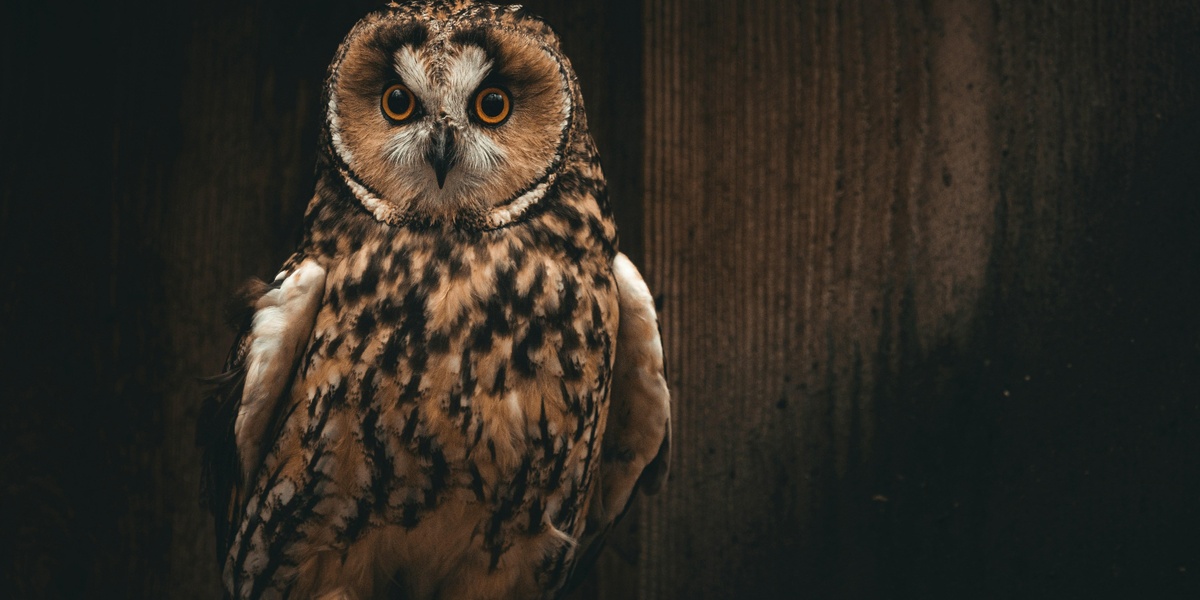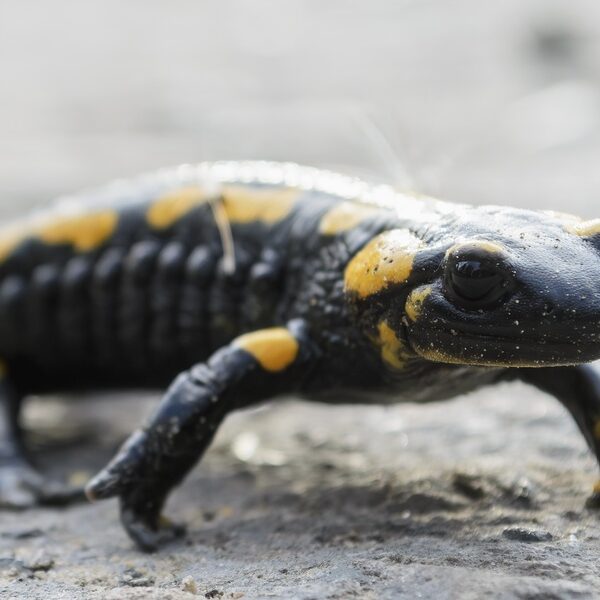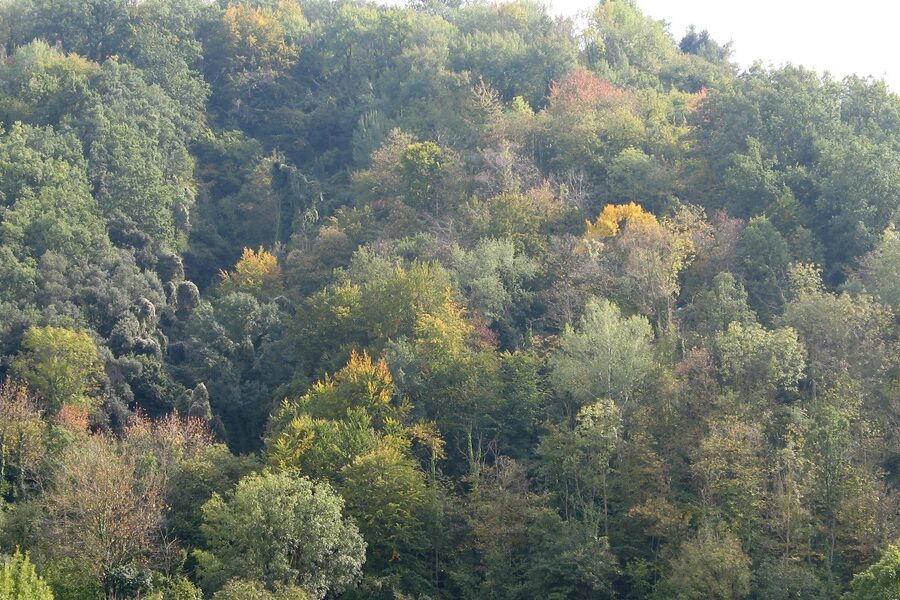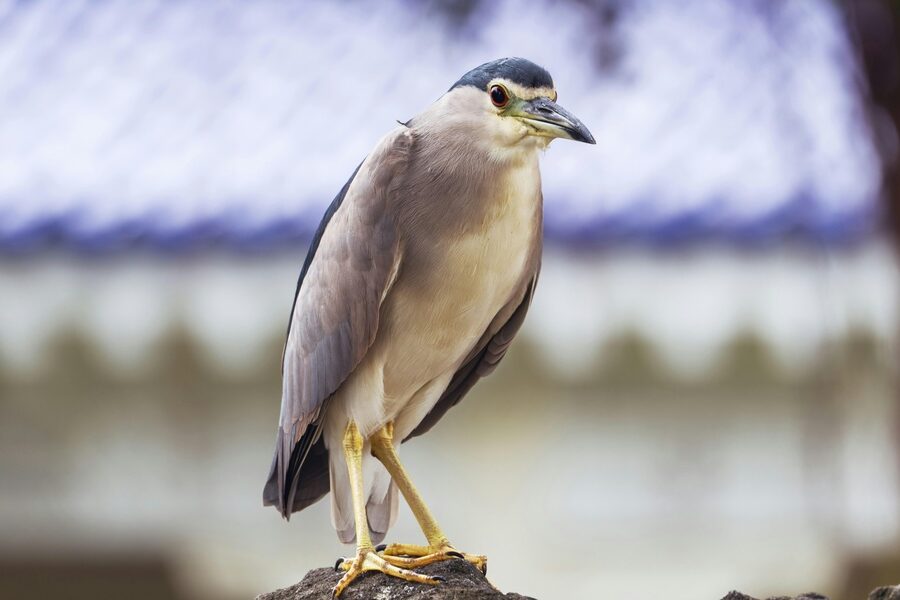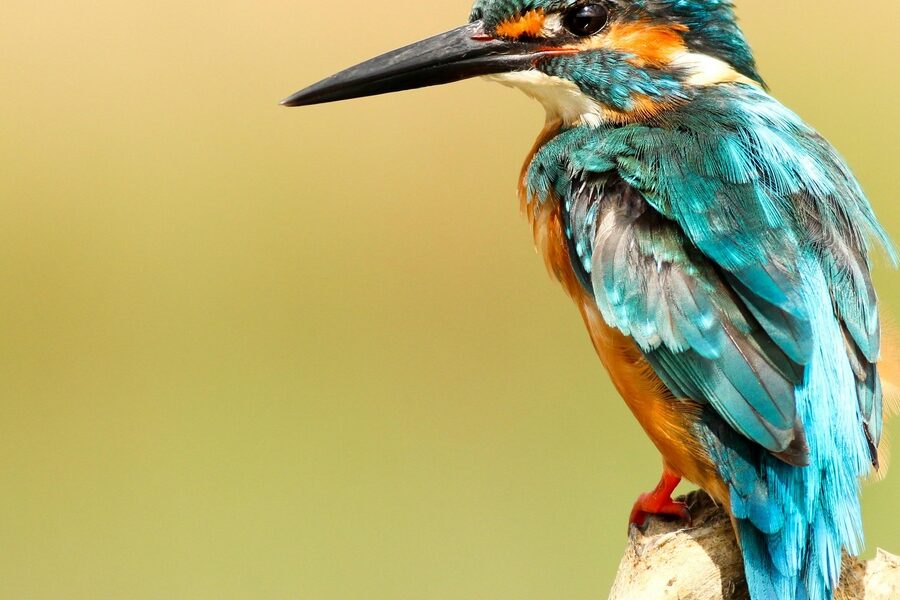About 52% of Estonia is forested and the country has recorded roughly 370 bird species, a surprising concentration of biodiversity for a nation of just 45,227 km² and more than 2,200 islands. That mix of forest, peatland, coast and archipelago supports valuable ecosystem services — flood mitigation, seed and nutrient dispersal — and underpins local traditions and growing ecotourism. Scientists and citizen volunteers both contribute to monitoring that informs management and hunting quotas, while protected areas preserve habitats for rural livelihoods. These eight species and species-groups capture the breadth of ecosystems across coastal wetlands, old-growth forests and raised bogs and show why this wildlife matters for conservation, science, and everyday life. Read on for large mammals and carnivores first, then birds and wetland species, and finally forest and bog specialists.
Large mammals and carnivores
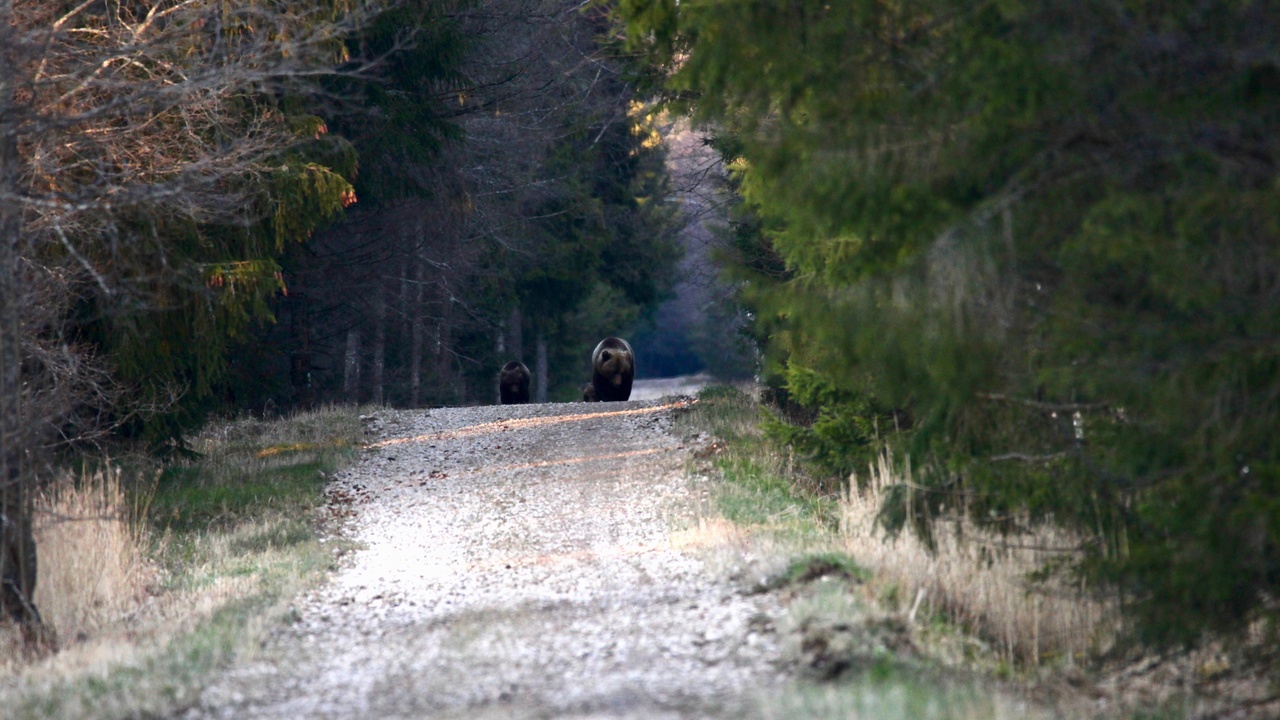
Large mammals in Estonia act as ecological keystones: they shape vegetation through browsing and seed dispersal, cycle nutrients, and influence prey populations. You can encounter many of these species in Lahemaa National Park, Soomaa and Karula, where seasonal movements and remote forests provide core habitat. Populations are maintained through a mix of protected areas, regulated hunting seasons and active monitoring; for example, regional estimates and hunting statistics inform annual quotas. Research opportunities include camera-trap surveys and radio-collar studies (notably in Soomaa), while wildlife-watching tours in Lahemaa and guided tracking trips support local economies. Coexistence programs with local rangers and beekeepers help reduce conflicts and keep large mammal populations stable.
1. Brown bear (Ursus arctos)
Brown bears are one of Estonia’s largest and most iconic carnivores, occupying old-growth forests and remote southeastern areas. Current estimates suggest a population on the order of around 600–800 individuals (verify with the latest monitoring data), concentrated in Võrumaa and nearby counties. Monitoring combines camera traps, hunter reports and radio-telemetry studies carried out by university teams and the Estonian Environmental Board. Bears support ecotourism—bear-watching hides and guided trips—and provide ecological benefits through scavenging and nutrient redistribution. Conflicts arise occasionally with livestock and beehives, so local coexistence measures (electric fencing, compensation schemes) and ranger outreach are common. Sightings have been reported near Karula and Võrumaa, and ongoing collaring projects help managers set sustainable harvest and protection measures.
2. Eurasian lynx (Lynx lynx)
The Eurasian lynx is a secretive forest predator whose presence signals healthy woodland ecosystems. Baltic-region monitoring indicates lynx populations are generally stable or recovering, with national surveys and IUCN assessments used to track trends. Lynx prefer mature forest structures and help control ungulate numbers—especially roe deer—thereby influencing vegetation regeneration. Camera-trap records from Lahemaa and cross-border monitoring with Latvia and Finland contribute to population estimates and management plans. Photographers and researchers rely on remote cameras and genetic sampling to study lynx, and forestry managers consider lynx habitat needs when planning retention of mature stands and setting hunting regulations for prey species.
3. Eurasian elk / moose (Alces alces)
The elk (moose) is widespread and familiar across Estonia, often visible along roadsides and in wetland complexes. Densities are high in some counties, with localized concentrations in Soomaa where spring calving and floodplain foraging occur. Elk browsing can affect young forest regeneration, so managers balance hunting quotas and habitat measures to maintain healthy stands. Road collisions are a practical concern; annual figures vary regionally but managers report several hundred collision incidents in peak years, prompting mitigation such as wildlife warning signage and reduced speed zones. Elk also attract wildlife tourists and are a valued game species, with quota systems informed by population monitoring and stakeholder consultations.
Birds and wetland species
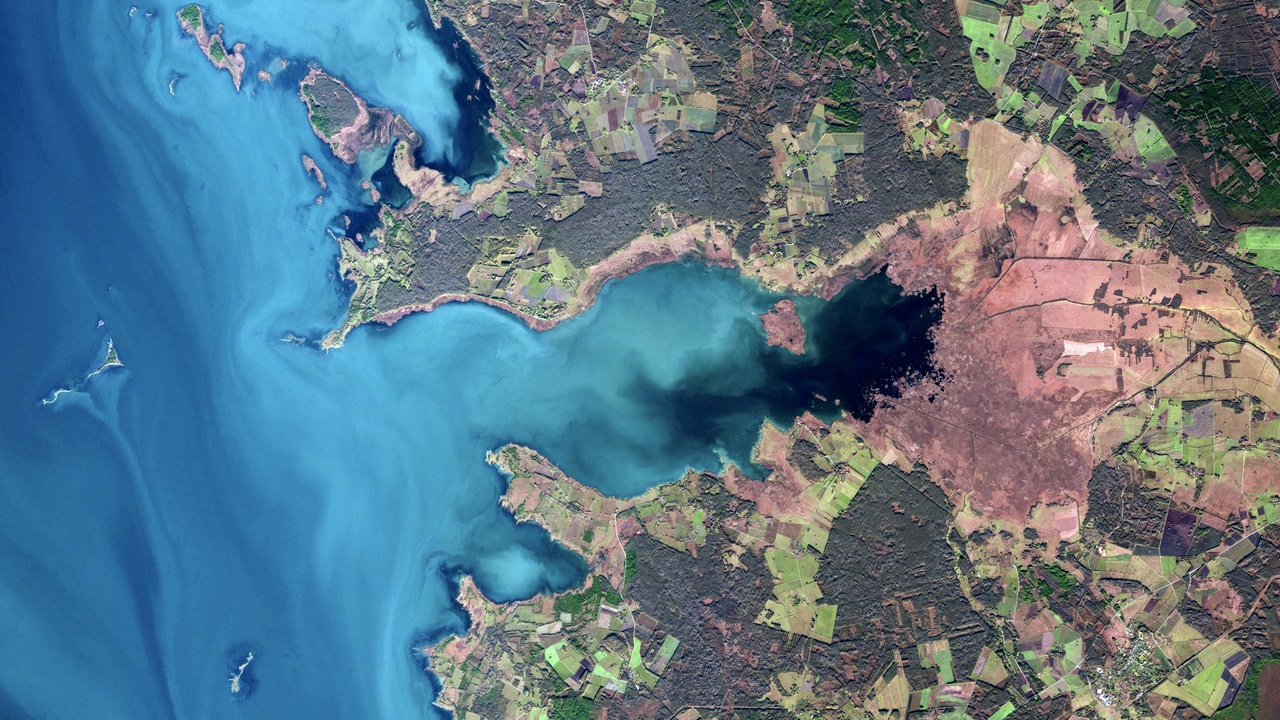
Estonia’s coasts, archipelagos and wetlands are vital on international flyways; roughly 370 bird species have been recorded here and the region is an important stopover for migrants. Matsalu, Vormsi and Pärnu Bay host massive seasonal funnels in spring and autumn, with counts at Matsalu recording tens of thousands of waterfowl and geese during peak weeks (monitoring programs publish weekly tallies in migration season). That seasonal abundance sustains birdwatching tourism (Matsalu’s festivals draw thousands) and provides long-term data for conservation work, including ringing schemes and volunteer counts run by the Estonian Ornithological Society and the Environmental Board.
4. White-tailed eagle (Haliaeetus albicilla)
The white-tailed eagle is a top coastal predator and a conservation success in parts of Europe, including Estonia. National monitoring and ringing programs document increases in nesting pairs over recent decades, with many nests found on western islets and coastal cliffs. As a scavenger and predator of fish, the eagle helps regulate coastal food webs and serves as a flagship for protecting entire shorelines and islets. Volunteer nest-monitoring programs and guided coastal tours support both research and ecotourism, and legal protections for nesting sites yield conservation benefits for a range of coastal species and habitats.
5. Black stork (Ciconia nigra)
The black stork breeds in remote forest stands and forages in adjacent wetlands, making it an indicator of intact wetland-forest mosaics. Nests are monitored regionally and the species is less common than the white stork—monitoring reports typically show dozens of nesting pairs in protected southern and southeastern reserves. Threats include disturbance, wetland drainage and intensive forestry near nesting sites. Presence of black stork drives targeted protection of riparian forests; examples include nesting-site protection measures in southern Estonia and wetland restoration projects that have benefited both the stork and other wetland specialists. Volunteer nest-watch schemes contribute valuable data.
6. Migratory waterfowl and coastal seabirds (group)
Estonia’s lagoons and islands host huge seasonal concentrations of waterfowl and seabirds during migration. Counts at Matsalu and Pärnu Bay commonly register tens of thousands of ducks and geese in peak weeks (weekly counts are used to report flyway trends), and species such as barnacle and bean geese form spectacular flocks. These migrations provide ecosystem services—nutrient transfer between habitats and income for local tourism—and support food-web connections that benefit fisheries. International flyway reporting uses Estonian counts to track population trends, and weekly migration tallies inform conservation measures across borders.
Forest and bog specialists
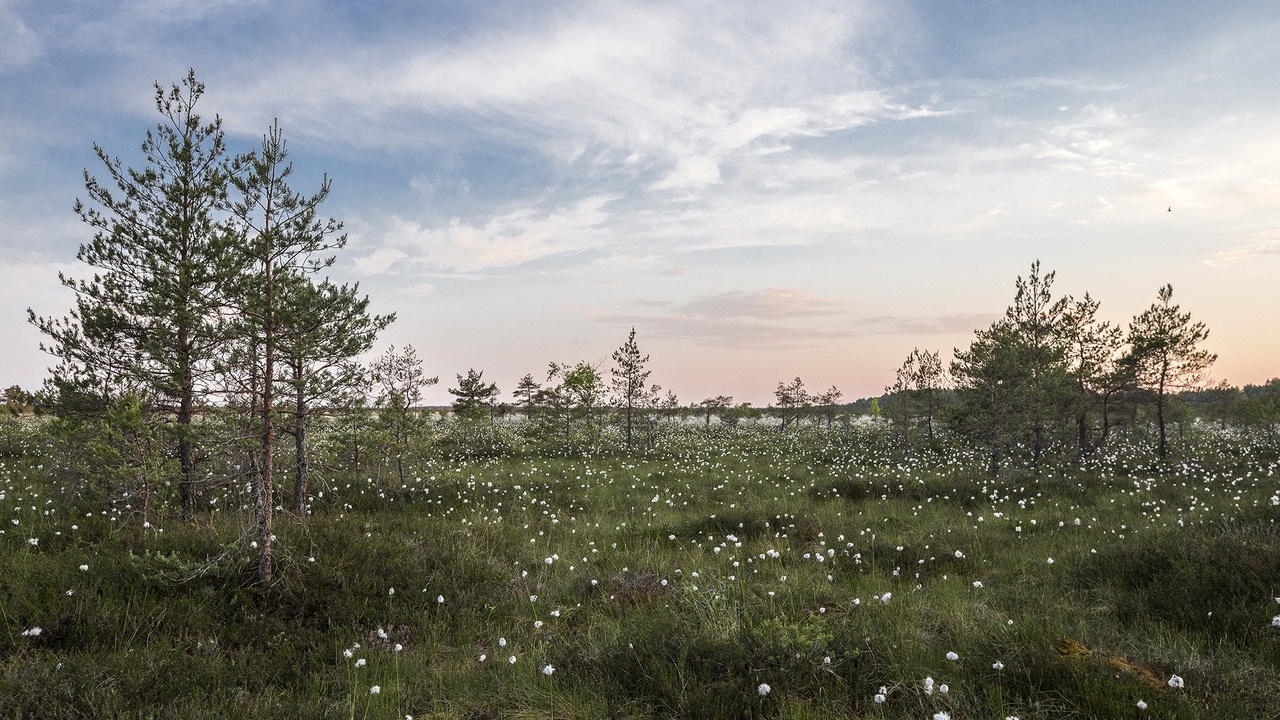
Estonia’s raised bogs, mires and old-growth forests are characteristic of the Baltic region and store large amounts of carbon while providing refuges for specialist species. Peatlands here accumulate carbon over millennia and contain hundreds of millions of tonnes of stored carbon nationally, making peatland conservation a climate and biodiversity priority. Parks such as Soomaa protect seasonal floodplains and bog complexes, and peatland restoration projects have been expanding. These habitats are sensitive to drainage, extraction and changing forestry practices, so restoration and careful forest retention are central to maintaining biodiversity in Estonia’s unique ecosystems.
7. European beaver (Castor fiber)
Beavers are ecosystem engineers whose dam-building creates ponds and wetlands used by amphibians, birds and invertebrates. After recovery and local reintroductions across Europe, beavers in Estonia have increased the complexity of riparian habitats, with notable pond networks along western rivers. Managers address challenges such as road or field flooding using flow devices, fencing and compensation schemes where needed. Beaver-created wetlands have been linked to measurable increases in amphibian and bird diversity at local sites, and these engineering effects are incorporated into river restoration and biodiversity enhancement projects.
8. Northern flying squirrel (Pteromys volans)
The northern flying squirrel is a nocturnal specialist of mature spruce and mixed forests and is often used as a sign of forest continuity. It is locally rare and tied to old-growth stands and tree cavities, so conservation status depends on retaining veteran trees and canopy connectivity. Nest-box monitoring projects in southern Estonia and targeted research inform forestry retention guidelines that benefit the species. When forests are managed with continuous-cover practices and nest trees are protected, populations show greater persistence; those management insights feed directly into regional forestry best-practice recommendations.
Summary
- These eight species and species-groups illustrate key ecological roles across Estonia’s forests, wetlands and coasts, from keystone mammals to migratory bird concentrations.
- Protected areas (Lahemaa, Soomaa, Matsalu) and coordinated monitoring (camera traps, ringing, volunteer counts) underpin conservation successes and policy decisions.
- People can engage practically: join local bird counts at Matsalu, book licensed wildlife tours in Lahemaa or Soomaa, and support peatland restoration projects that benefit many species.
- Responsible wildlife-watching, citizen science and backing protected-area management help ensure Estonia’s native species and habitats persist for future generations.
